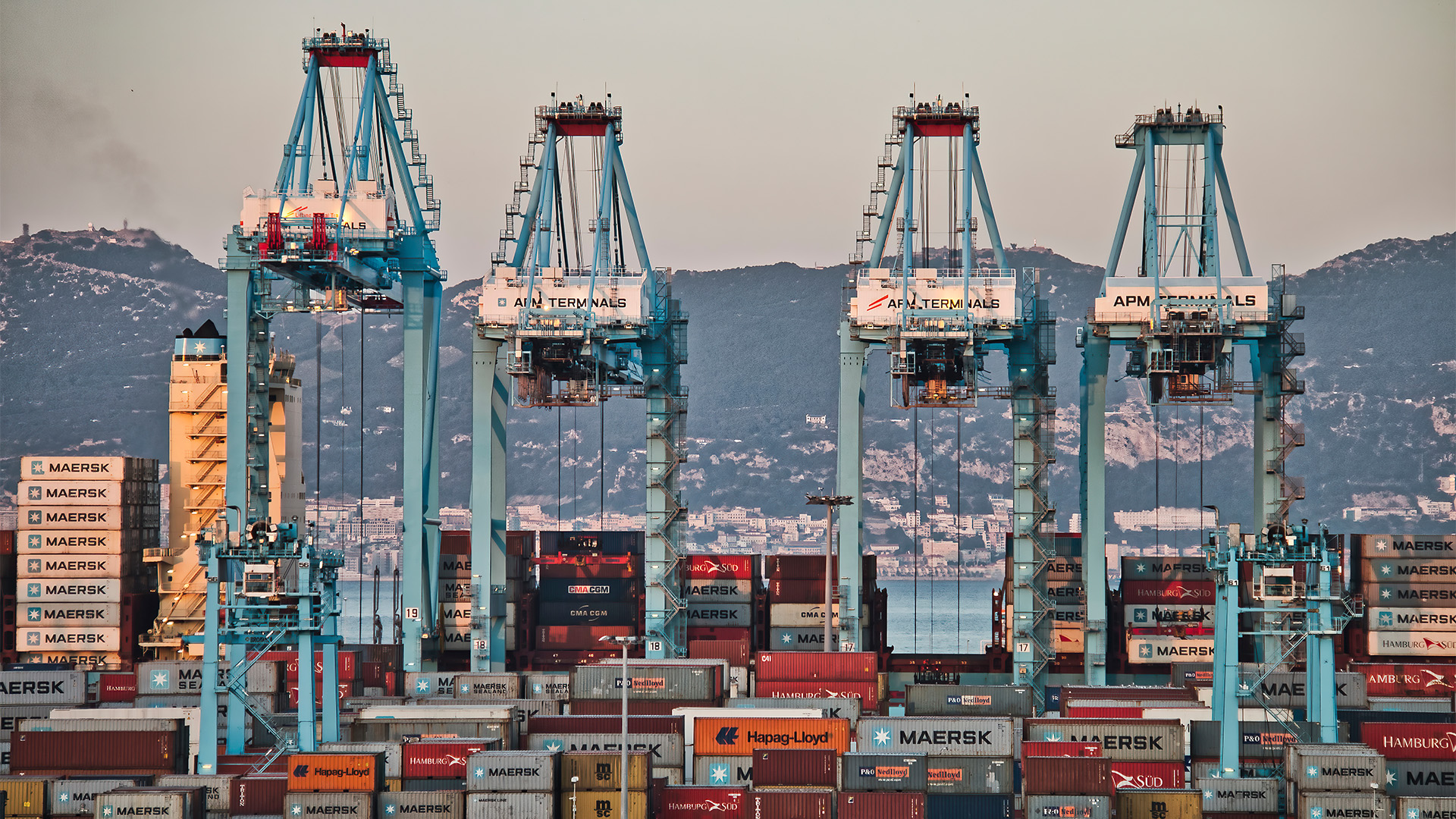Upon entering the port of Algeciras at Spain's southernmost tip, the facility's busyness is unmistakable. Nearly all cranes at the port’s two container terminals are in operation, moving containers on and off ships. Alonso Luque, CEO of TTI Algeciras, notes that they’ve had to turn away many requests for extra cargo due to limited capacity. Similarly, executives at TC3 in Morocco's Tanger Med port face comparable challenges.
Both ports are strained by global shipping disruptions following a sudden reconfiguration of maritime trade networks. This upheaval began when many shipping lines rerouted away from Yemen’s waters due to attacks from Iran-backed Houthi militias. Consequently, container ship arrivals in the Gulf of Aden plummeted by 90% compared to the previous year.
Vessels now detour around the Cape of Good Hope, adding 9-14 days to voyages and causing congestion at trans-shipment hubs like Algeciras and Tangier. Additional challenges include increased pirate attacks off Somalia and threats in the Strait of Hormuz. Drought has also restricted Panama Canal transits, further complicating logistics.
Jan Rindbo of Norden describes these simultaneous issues as unprecedented in his 30 years in the industry. Rolf Habben Jansen of Hapag-Lloyd anticipates ongoing Suez-related diversions. Despite the disruptions not matching the scale of the COVID-19 pandemic, experts like Daniel Richards of MSI warn that conditions could worsen, especially as the industry approaches the pre-Christmas peak season.
In the western Mediterranean, ports are struggling with the additional burden of trans-shipment for vessels rerouted from Asia to Europe. These delays and increased dwell times challenge port efficiency and productivity. Both Algeciras and Tanger Med are operating near capacity, with ships frequently arriving unscheduled and requiring quick turnaround.
Shipping lines are exploring alternative routes and strategies, including sending cargo to other European ports or using different terminals like PSA Sines. Despite efforts to adapt, delays and costs continue to mount. Xeneta data shows significant increases in spot rates for shipping routes, with prices more than doubling in some cases.
As ports and shipping companies strive to manage these challenges, lessons from the pandemic have informed more resilient supply chain strategies. However, with peak season approaching and potential economic rebounds, the industry faces significant hurdles. In Algeciras and Tangier, terminals are already exceeding capacity, signaling ongoing strain and the need for continued adaptation and innovation in global shipping logistics.














